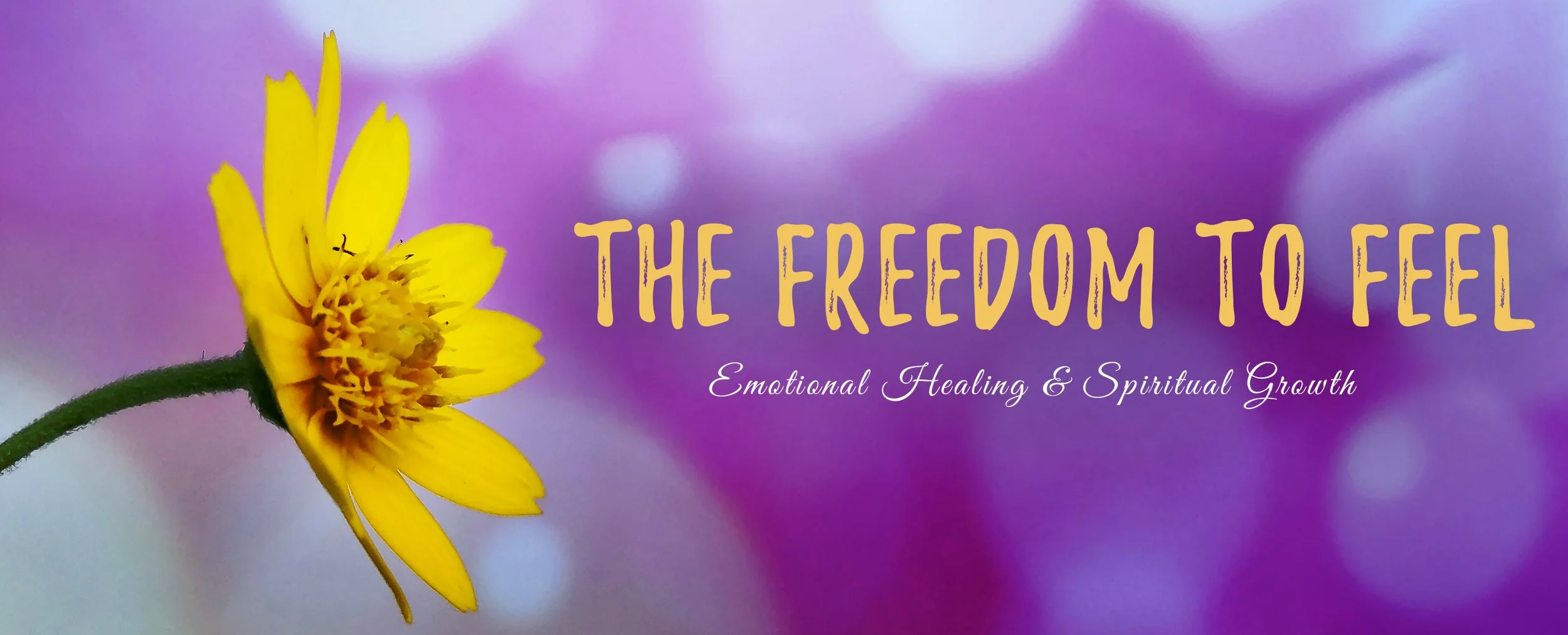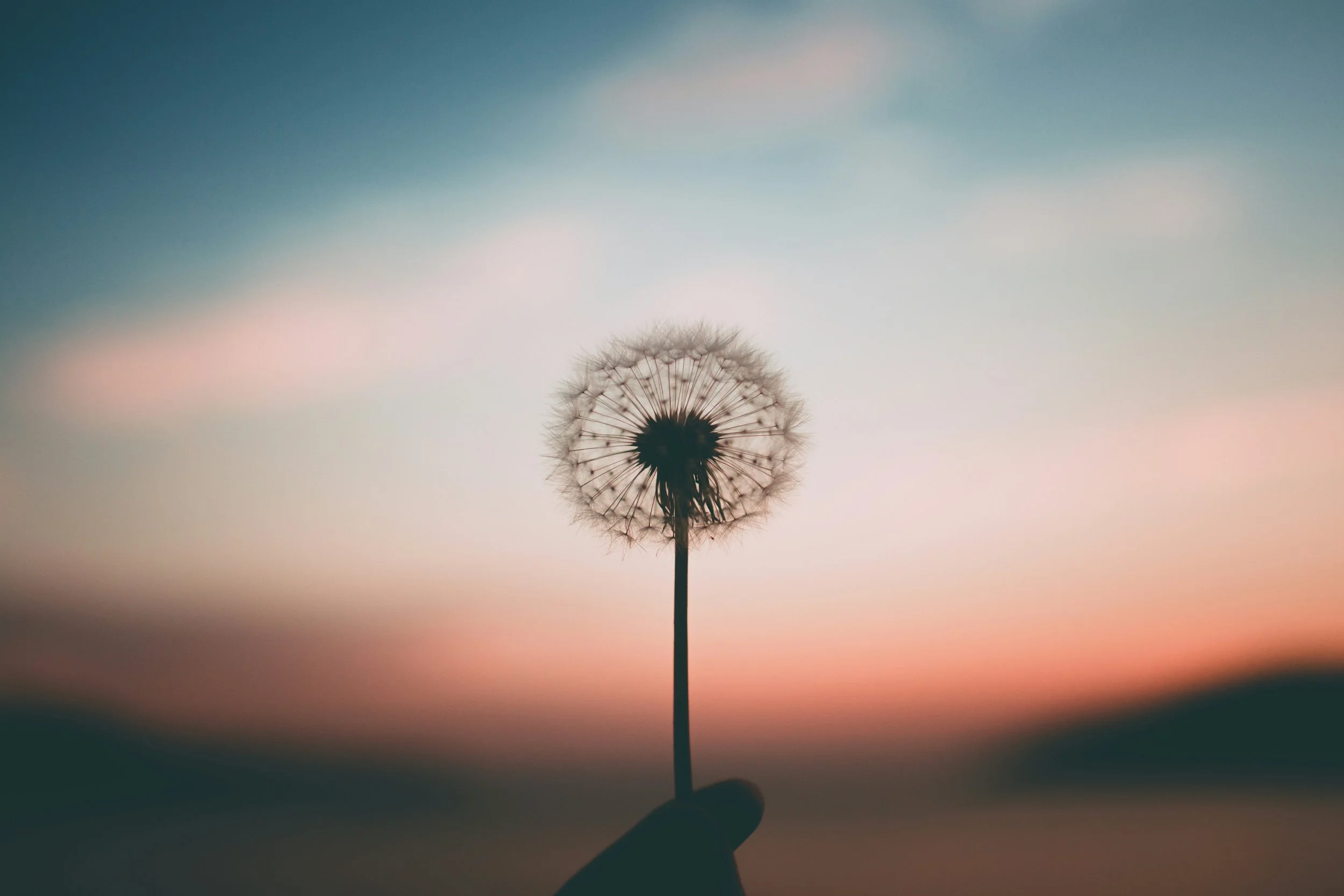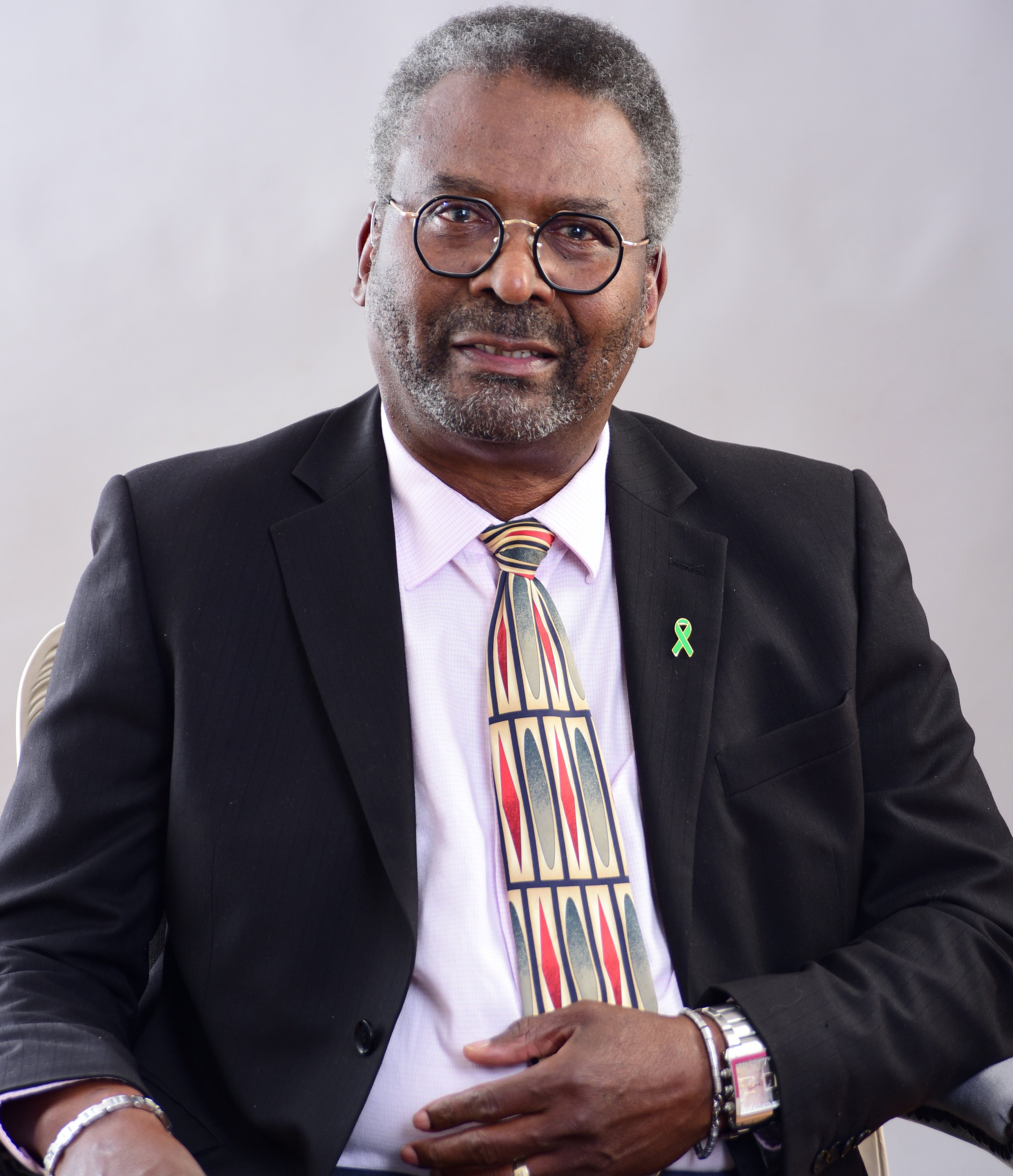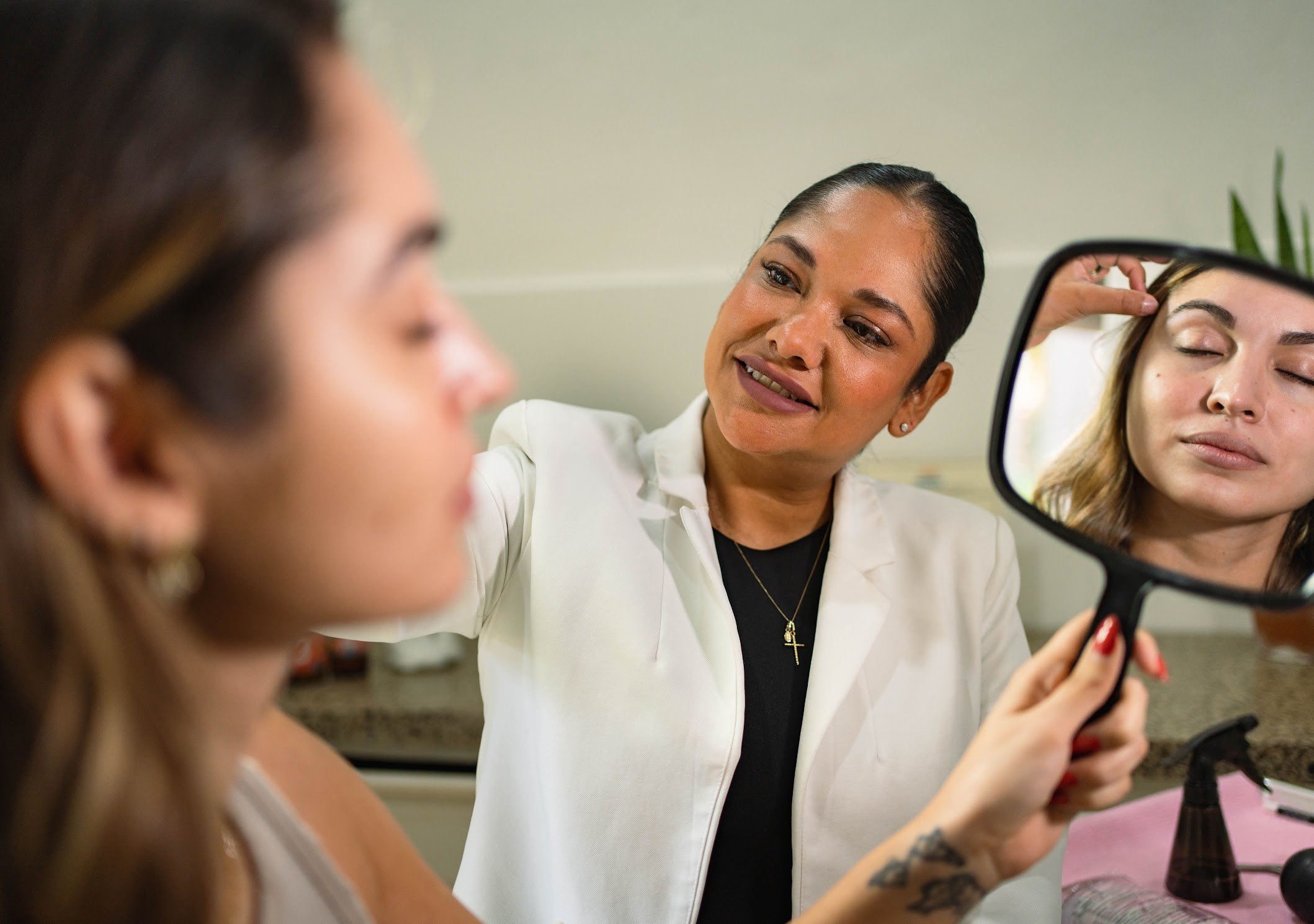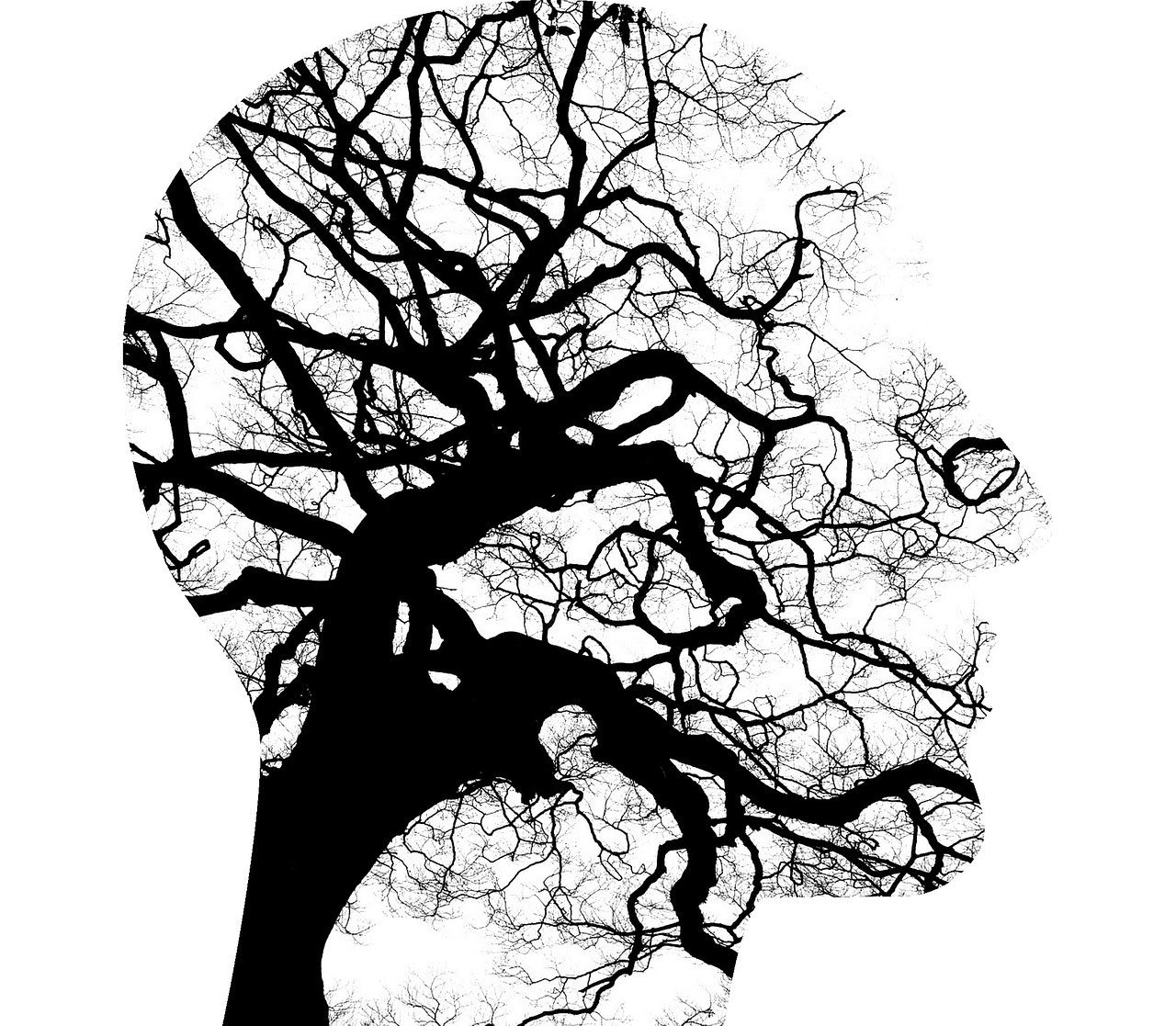A Quest for Well-Being Interview with
CHRISTINE (CRIS) MCCULLOUGH
HOW WOULD YOU DESCRIBE WHO YOU ARE IN THIS VERY MOMENT?
I feel I have taken on the mantle of “the Wise Woman” or “Crone”, accepting this description of my role in my client’s lives from my clients themselves. In Shamanic tradition one is named by one’s society, and that sobriquet has been given to me by them as well as by my peers.
2. WHAT MAKES YOU HAPPY AND WHAT MAKES YOU FEEL SUCCESSFUL?
Happy is found in the colors of the oceans and sky, the purr of my geriatric cat, Shakuntala, snuggled on my lap, hearing that my kids and their partners are safe, productive and happy, watching my garden in riotous bloom.
Successful is when I can inspire a client to positively become empowered to address their issues in a way that furthers their understanding of their place in the Universal flow.
3. WHAT INSPIRED YOU TO BECOME WHO YOU ARE AND TO DO WHAT YOU DO TODAY?
I am an artist, Tarot reader, psychic, Shaman and Holistic Counselor (among other things) and I have always seen the interconnection of all things.
I began my Tarot/Psychic journey, officially, at the age of 17 when I encountered a Tarot Reader named Stella. Old school, she used a regular card deck. But when what she predicted came true for my BFF and I, we went back to see her regularly and she kindly began teaching me the craft. On a very strange excursion to NYC, my girlfriend and I were looking to go to a Rolling Stones concert, got lost and happened upon a strange book nook called Bell, Book and Candle (I describe it in more depth in my book, HOLISTIC TAROT, SOUL MAP FOR A NEW PARADIGM.) I bought my first deck and began reading in college. Once others reported my accuracy, I continued exploring the craft, its history, its ties to myth, Transcendentalism, Shamanic techniques and even Chaos Theory. Everything is connected. While being a mom to twin boys and a little girl, I walked into a local bookstore called, BE HERE NOW. The proprieties, Karen Nygaard had me do a reading for her and was so impressed she offered me a space to do readings for customers in her shop and it was there I honed my skills was a professional reader. As I pursued a study of Holistic Counseling with a major in Expressive Arts, my path was again informed by the power of image and word, an what is Tarot if not image and word combined! In 1984 I first heard Michael Harner speaks about Shamanism and , subsequently through study became a member of The Foundation for Shamanic Studies, I also participated in a 10 yr apprenticeship with Dineh Medicine Woman,
Oh Shinnah Fast Wolf. In my experience these studies were different colorful threads of insight and inspiration which wove together to form the fabric of my belief system and subsequent teachings and basis of my work.
4. WHAT WAS THE INSPIRATION, INTENTION, AND PURPOSE OF WRITING YOUR BOOK?
Funny story, that. My children are quite talented artists in their own right. My daughter, Rhiannon actually lives in Honolulu and continues to show her art. She has also created numerous Tarot decks which she has for sale and regularly participates in Comic-Cons. Anyway, she was selling decks but folks started asking her for an instruction manual. So, based on my classes, where I help folk learn how to read the cards, I decided to write HOLISTIC TAROT; Soul Map for a New Paradigm. Sort of a step by step deconstruction of the process of interpreting the cards and , more importantly, understanding how to lead one’s client to interface with a Higher Source.
5. DO YOU CONSIDER WHAT YOU DO A CALLING, A PURPOSE, A MISSION?
I would most definitely say, I have been guided by my own Guides/Angels/Energies to move in this direction. When I was a child, I had flying dreams and prophetic dreams but these were kindly discounted by my French Canadian Catholic parents as a child’s fantasy. BUT fast forward to my getting my “adult” library card at age 13...bookophile that I am, I am perusing the stacks when, suddenly a book literally pops out of the stacks and falls to my feet. I pick up MAN AND HIS SYMBOLS by Carl Jung and as I flip through it I am struck by the SIMILARITY of images to my dreams. IThat event made me open to the possibility that there was certainly MORE to this world and a greater connection to a thread of existence, Past to Future, that was worth exploring.
6. WHO WOULD BENEFIT MOST FROM YOUR WORK AND YOUR MESSAGE?
One of the reasons I have become certified in so many techniques, is I find there is no one way in to begin the healing process. And while a client may come in with one issue on their minds, sometimes other things need to be healed or put in right relationship in order for them to become whole. The Shamanic aspect to Tarot is helping the client see the bigger picture, to get beyond the limited mundane world and see a broader perspective and how they can connect to Higher Energy and Power. A Higher Love, if you will, with the ultimate goal of encouraging them to become empowered and responsible for how they share their energies with the world.
7. WHAT IS LIKE WORKING WITH YOU FROM A CLIENT’S PERSPECTIVE?
In my work I practice “DEEP LISTENING”, so for them, sometimes for the first time, they feel heard and recognized. THAT is healing right there. When we engage with the Cards, we set up a kind of “energetic cauldron” which can uncover answers and insights. Clients learn that INTENTION matters, The Universe will answer specifically what you ask. They also learn that they have FREE WILL to accept the guidance and healing offered or not. But THEY are responsible to accept or deny healing as they wish. It’s a PROCESS, which is why they generally return.
8. WHAT IS HEALING TO YOU?
After almost a year of recovering, first from a complete reversed shoulder replacement and then a heart valve replacement, I returned to my artistic roots and took up painting
sea and sky as “therapy”, if you will. Subsequently, I entered a few shows and sold a couple of pieces and have entered in to an agreement with the non-profit SAVE THE BAY where a portion of sales goes directly into that non-profit. The Ocean of Life is my joy and needs protection.
Honoring each other on this planet, including the Tree people , the Stone people, and all living things , putting ourselves in Right Relationship to our Mother Earth is healing. Ritual, focused intentions, is healing. Putting the psychical body in balance is healing.
In my career I have worked with the Elderly and taught children, I have seen how simple artistic expression or the simple act of engaging with a service animal or pet can be healing. Healing comes in so many ways!
9. WHAT IS THE GOAL OF HEALING AND WHAT ARE THE OBSTACLES TO IT?
I believe the goal of healing is best expressed in the Shamanic term, putting ourselves in Right Relationship...to ourselves, others, our world, and Spirit.
The obstacles to healing are seeing ourselves as limited “meat-bodies”, small and self contained, or self isolated from the Beauty and Wonder that surrounds us and holding on to a defensive “Me vs Them” attitude. Anger, prejudice, small mindedness are all obstacles to healing.
10. WHAT ARE SOME THE MISCONCEPTIONS MOST PEOPLE HAVE ABOUT HEALING?
That there is only one way to heal. We don’t live in a vacuum. What can start as an emotional imbalance may begin to become entrenched in the physical body and, once entrenched, now becomes an actual physical issue or imbalance that needs to be addressed, cured, or in other words, brought to Right-Relationship.
11. DO YOU CONNECT HEALING TO SPIRITUALITY? AND IF YOU DO, WHAT IS SPIRITUALITY TO YOU?
ABSOLUTELY! SPIRITUALITY transcends any particular religion, though it may be expressed through a traditional religion when one mindfully lives the tenants of their Faith. But SPIRITUALITY is the understanding that WE, including all Peoples, Animals, Birds, Plants, Trees, Oceans,..MOTHER EARTH, are connected and rely on a delicate dance of balance and exchange. Mine is what you might call a more Pagan or Pantheistic vision of Spirit that includes the ABOVE and the BELOW.
12. WHAT DO YOU FEEL IS THE PURPOSE OF THE HUMAN EXPERIENCE?
To learn to LOVE. To learn Peace.
13. AT THIS TIME, WHAT IS THE WORLD’S GREATEST NEED?
Stop the hatred engendered by certain political leaders.
14. WHAT IS YOUR VISION FOR HUMANITY?
A world where foolishly wasteful wars come to an end, that children, elders, mothers and fathers can live in peace and have food and medicine. That we can learn that we humans are more alike than different and that there is no need for HATE.
15. WHAT DOES EMOTIONAL FREEDOM LOOK LIKE? AND HOW CAN YOUR WORK HELP?
There is a technique in which I have been trained called Emotional Freedom Technique: one begins with understanding what needs to be healed (put in Right Relationship) and then creates a positive mantra that one will say while doing the technique: like: “Despite__fill in the blank with the issue, fear or perceived failing....I love and approve of myself” Then saying the mantra one taps on a series of acupuncture points to release the trauma and rebalance the system. Actual Emotional Freedom results from reelsing attachment , emotional, physical and Spiritual, seeing our connection with Divine Source and with all of Nature.
16. WHAT IS YOUR UNDERSTANDING OF LOVE?
Part of my mission is to help guide the Soul from the illusion of Fear to the Wisdom of the Heart, to reach beyond our perceived boundaries that keep us separated from solution to a connection and trust that the Divine is accessible..herein lies LOVE. It’s all about connection.
17. IS WORLD PEACE POSSIBLE WITHOUT INDIVIDUAL INNER PEACE? PLEASE ELABORATE ON THE CONCEPT OF PEACE.
I think most people associated “Peace” with boredom...nothing is going on and they get bored and need to create the seeming excitement of disruption. PEACE is the limn pause , the time betwixt and between, when the tide comes in and the tide goes out. The Sacred Pause when the Ocean breathes.
18. WHAT, WHERE AND WHO IS GOD TO YOU?
For me its God/Goddess/All There Is. The expression of Divine Source is evident around us if we but look to the Heavens, the Earth and all its Beings. If we treat all beings as Sacred the world might just be a better place. The Divine isn’t separate from us, we give IT form here n Earth by our actions.
19. WHAT IS CONSCIOUSNESS?
Awareness.
20. WHAT IS THE DIFFERENCE BETWEEN THE SUBCONSCIOUS AND THE UNCONSCIOUS MIND?
Consciousness perceives the tactile world with which we may engage with and react to physically, A + B=C. The Subconscious mind perceives the space between. The unconscious mind suppresses memory and reaction out of the need for protection.
21. WHAT DO YOU DO FEEL IS THE NATURE OF OUR INNATE DESIRE FOR HUMAN CONNECTION AND SPIRITUAL TRUTH?
Not everyone wants “Spiritual Truth” but “human connection” is necessary. Let’s face it, we are herd animals. We want community. Think about when you go on a retreat with like minded folk, all seeking the same thing and learning together...I’ve heard clients express amazement at the power engendered anyhow they came to experience that “Ah-Ha” moment.
22.IS THE AUTHENTIC SELF OR THE TRUE SELF, THE SPIRITUAL SELF?
They are one and the same.
23. HOW DO WE RECOGNIZE WHEN BODY AND MIND ARE ALIGNED WITH OUR TRUE SELF?
Ah, this is the basis for ritual...combined focus brought to consciousness, recognized and then released. The most difficult thing is to ALLOW space for your intention to formulate and return to you.
24.TALK TO ME SOME MORE ABOUT YOUR OFFERINGS AND SERVICES...
Besides Holistic Tarot, Numerology and Spiritual Astrology, I am certified in Reiki II and Karuna Reiki, Body Talk, Specialized Kinesiology, EFT and Mindfulness Based Stress reduction, Chakra realignment, Bach Flower Remedies Soul Retrieval and Shamanic healing. I became a Holistic Counselor in order to integrate and make available to my clients a variety of solutions to their mental, emotional and Spiritual challenges.
25. DO YOU MEET YOUR CLIENTS IN PERSON AND REMOTELY? DO YOU OFFER GROUP AND CORPORATE COACHING?
Up until Covid I have generally had the opportunity to offer my services as part of an Holistic group of healers, which have variously included massage therapists, counselors and other holistic healers. Presently I offer my services In person, by Zoom and by phone. Psychic fairs are just beginning to come back and I have already participated in 3 of them this year. I offer readings monthly at a massage therapy group called Sundance Wellness.
26. WHERE CAN WE FIND MORE INFORMATION ABOUT YOU, YOUR WORK, PRODUCTS, SERVICES, AND YOUR FUTURE PROJECTS?
My website is www.SoulWisdomTarot.com
I can be reached for appointments at 401-662-6642 or at crismcholistic@gmail.com
27. ULTIMATELY, WHAT IS FREEDOM TO YOU?
To live in Peace.
28— IF LIFE HAD ONE PURPOSE, ONE PURPOSE ONLY, WHAT WOULD THAT BE?
Promoting connection and understanding between all beings.
BIO
Christine (Cris) McCullough has been on a journey of discovery since the age of 13, when, while perusing books in the library, one quite literally jumped off the shelf and landed at her feet. It was MAN AND HIS SYMBOLS BY CARL JUNG. As she thumbed through the volume she recognized symbols and situations I had discovered in her dreamtime. Here finally was validation of her experiences! Learning to trust the signs, symbols and dream information led her to the writings of the Transendentalists and also to the recognition that all things (ideas, Beings)are connected.
Her first Tarot deck also arrived under mysterious circumstance. During a jaunt to NYC, with hopes to see The Rolling Stones, instead Cris found a bookstore called Bell, Book and Candle, where she bought her first Tarot deck and Ouiji Board. Possessing that deck launched her deepening journey into the study of the paranormal, myth, art and psyche. Feedback about her readings being uncannily correct motivated her to continue honing her innate skills, while studying Art, Art History and Indigenous cultures at The University of Rhode Island.
Fast forward to 1986, now a mother with three toddlers, she happened to poke her head into a neighborhood bookstore called BE HERE NOW. She had already continued reading and teaching Tarot privately and when asked to read in the store by the proprietess, Karen Nygaard, it was an offer she couldn't refuse. Thus for the next ten years, she became the resident reader and teacher of Tarot in the store.
Discovery didn't stop there. A lecture given by Michael Harner based on the book, THE WAY OF THE SHAMAN, added another thread to the unfolding weave of experience and mindfulness. She subsequently spent 10 years as an apprentice to Dineh Medicine Woman , Oh Shinnah Fast Wolf and studied with Harner's Foundation for Shamanic Studies to learn how Shamanic practice may be used for healing the psyche,body and mind. She is a member of The Foundation for Shamanic Studies and utilizes Shamanic techniques in her practice as a Holistic Counselor.
Ultimately, all things are connected. In 1997 she earned her Masters of Arts in Expressive Arts Therapy and launched a career as a Holistic Counselor who continues to utilize Tarot, Numerology, Spiritual Astrology and other holistic healing techniques in her practice. She wrote her first book, HOLISTIC TAROT, SOUL MAP FOR A NEW PARADIGM to help others on their own path to understand Tarot and its implications as a tool or healing and understanding. Presently, Cris has clients across the country and offers sessions in person, by phone or Zoom.
